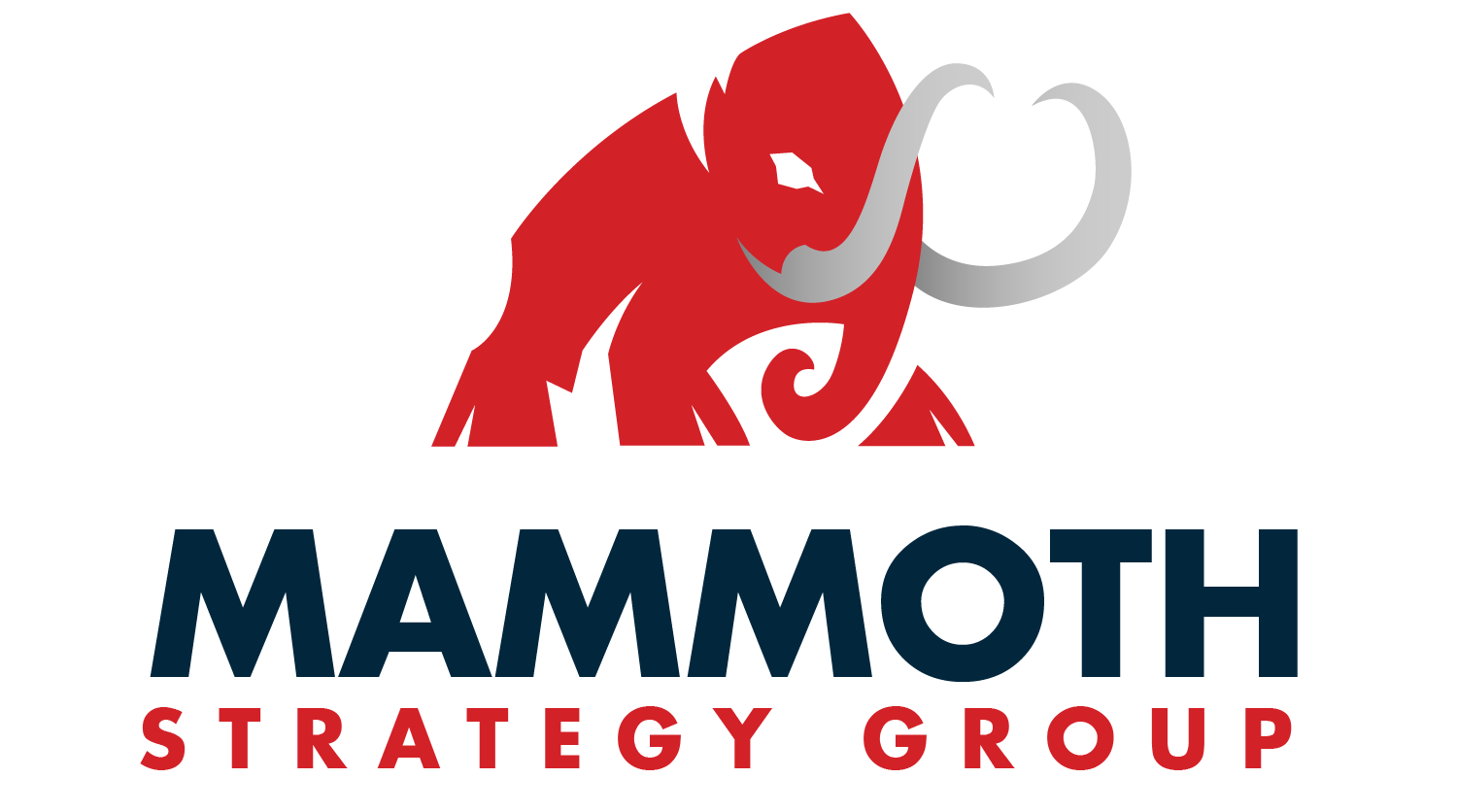In the landscape of increasingly costly political races, it’s easy to feel overwhelmed and question your campaign’s competitiveness. Doubts about the allocated budget, uncertainties in strategy decisions, and the feasibility of success often loom large. However, amidst these challenges, the evolving landscape of our industry and the support of adept vendors present a crucial edge: data. Even when faced with being outpaced in fundraising, leveraging data can be the pivotal factor that not only levels the playing field but propels you toward victory on election day.
It’s Data First, Always
In all our client engagements, the pivotal role of data reigns supreme. Beyond the legalities of a campaign, it stands as the foremost topic in our strategy sessions with a client. However, a common notion we encounter 90% of the time revolves around the perceived exorbitance, time-intensive nature, and complexity of managing a data operation as well as it’s cost. The truth is that these perceptions are misleading. The real question shouldn’t be, “Can we afford this?” but rather, “Can we afford not to do this?”
A Pathway to Victory.
Data serves as the pathway to victory, a resource perfect for real-time decision-making. As a General Consultant, every strategic move we make hinges on data. Ground operations, mail, digital outreach, and even television advertisements—all are steered by data insights. A prime example lies in our campaign in South Florida during the 2022 elections. Despite the district historically being a Democrat stronghold, our approach shifted the tide. Upon initiating the campaign, our first call was to our partners at i360. When it comes to data there are a plethora of options. For this specific race, custom predictive models were forgone due to its cost and that we only had two candidates with stark differences. Instead, we opted for i360’s comprehensive analysis (deep-dive), furnishing us with district layouts, turnout forecasts, GOTV models, and much more. Our strategy focused on flipping Democratic voters while forming an NPA coalition. Ultimately, we clinched the win with a margin of just over 300 votes.
The data granted to us facilitated the identification of voter inclinations towards specific issues. We pinpointed Democrats concerned more about local affairs like district funding, rather than rigid adherence to radical abortion policies. Establishing common ground, we cultivated relationships over three months, conveying our alignment with local issues. We conveyed that a Republican voice representing their concerns was essential with a Republican majority in the statehouse. Every move we orchestrated was driven by data insights. Republicans needing motivation to turn out, NPA voters disenchanted with certain left-leaning policies, and Democrats prioritizing local over national concerns—all were meticulously approached, adhering to the maxim that all politics is inherently local.
Our spending strategy was conservative, strategically allocating funds to reach the right audience through the most effective mediums. Ground canvassing costs were minimized by targeting highly walkable households. Phone canvassing boasted high conversion rates, bolstered by collaborations with vendors like Campaign HQ. On election day, we strategically pushed data-highlighted areas with the help of vendors, and our digital footprint was honed to maintain low CPMs online. Every move we made was a direct consequence of data-driven decisions.
No Race Too Small
Irrespective of the campaign scale, be it Town Council or United States Senate, data always furnishes a competitive edge. And contrary to belief, it doesn’t have to break the bank. If your campaign is ready to equip itself with the tools it needs for victory on election day, reach out to us today.











